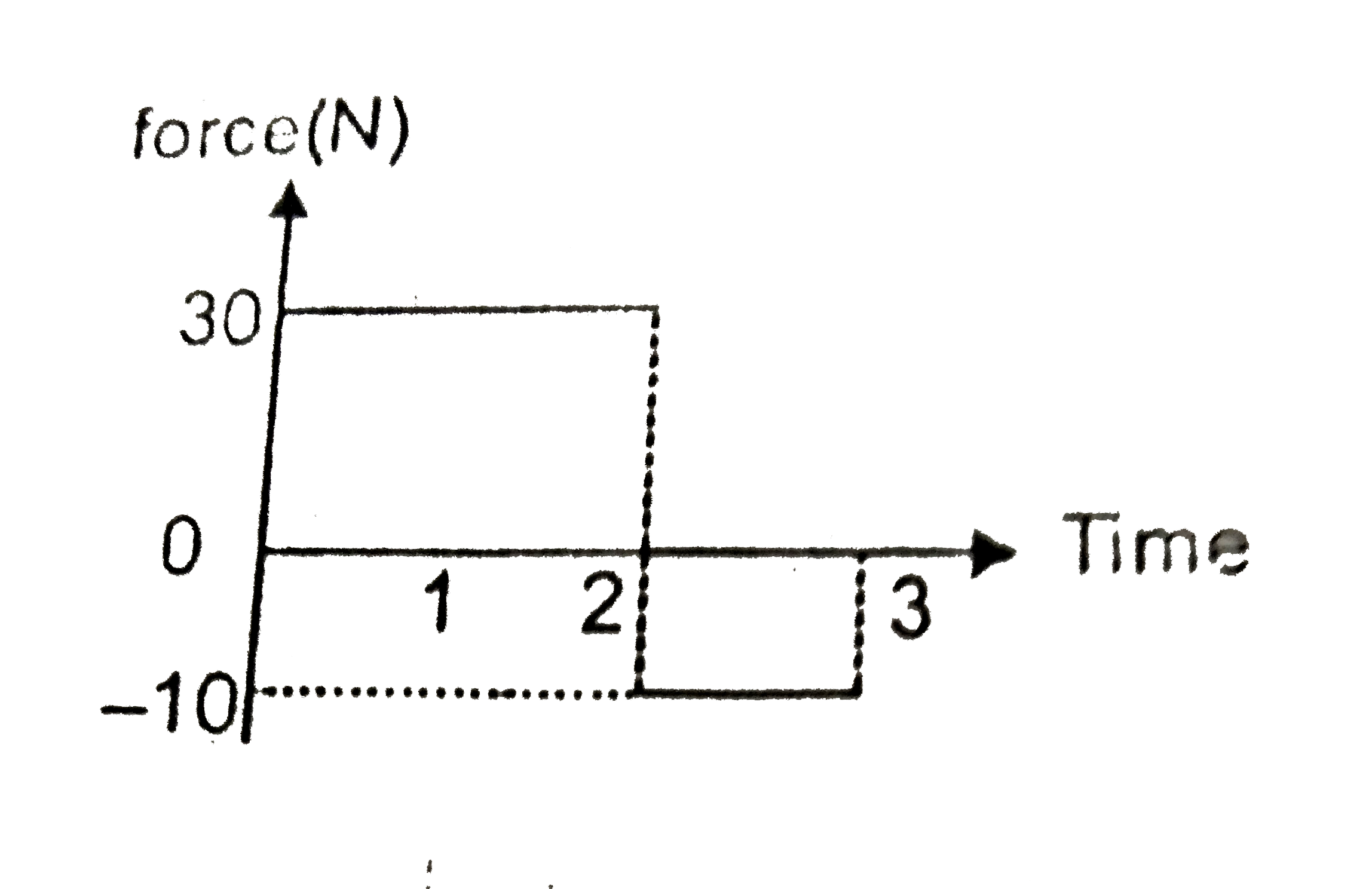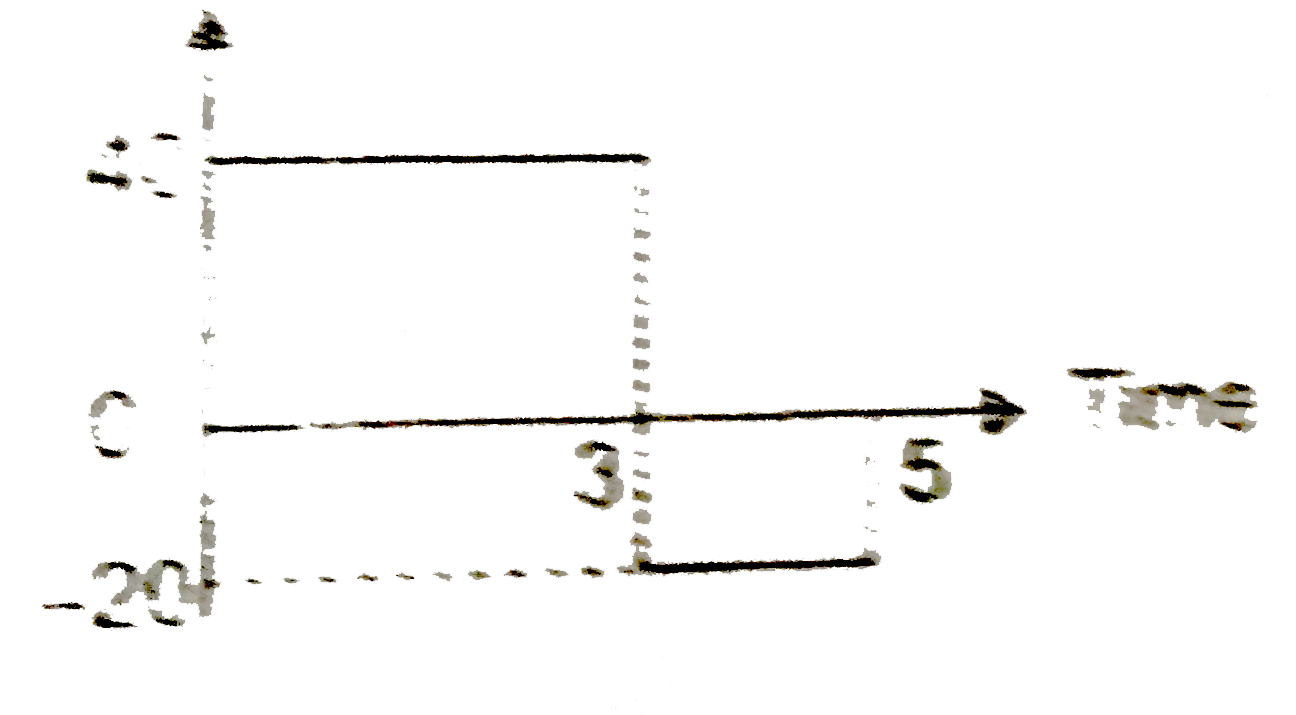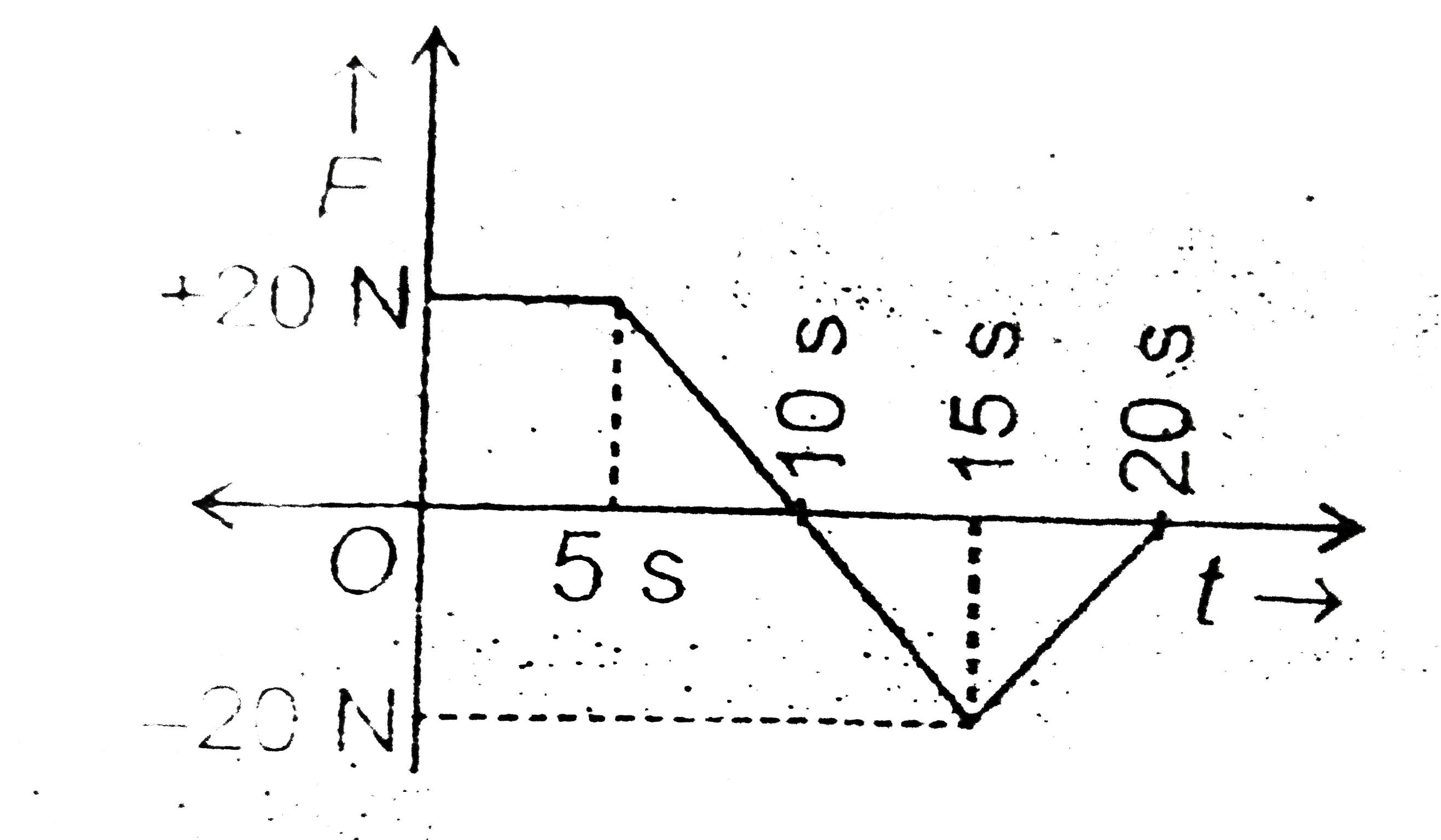A body is acted upon by a force.State two conditions when the work done is zero.
To solve the question regarding the conditions under which the work done by a force on a body is zero, we can follow these steps:
1. Understanding Work Done:
Work done (W) by a force is defined as the product of the force (F) applied on an object and the displacement (s) of that object in the direction of the force. Mathematically, it can be expressed as:
W=F⋅s⋅cos(θ)
where θ is the angle between the force vector and the displacement vector.
2. Condition 1 - Zero Displacement:
- If the displacement (s) of the body is zero, regardless of the force applied, the work done will also be zero. This is because:
W=F⋅0⋅cos(θ)=0
Therefore, the first condition for zero work done is:
- When the displacement is zero.
3. Condition 2 - Angle of 90 Degrees:
- The second condition occurs when the angle (θ) between the force and the displacement is 90 degrees. In this case, the cosine of 90 degrees is zero:
W=F⋅s⋅cos(90∘)=F⋅s⋅0=0
Thus, the second condition for zero work done is:
- When the angle between the force and the displacement is 90 degrees.
Final Answer:
The two conditions when the work done is zero are:
1. When the displacement is zero.
2. When the angle between the force and the displacement is 90 degrees.
Work done (W) by a force is defined as the product of the force (F) applied on an object and the displacement (s) of that object in the direction of the force. Mathematically, it can be expressed as:
W=F⋅s⋅cos(θ)
where θ is the angle between the force vector and the displacement vector.
- If the displacement (s) of the body is zero, regardless of the force applied, the work done will also be zero. This is because:
W=F⋅0⋅cos(θ)=0
Therefore, the first condition for zero work done is:
- When the displacement is zero.
- The second condition occurs when the angle (θ) between the force and the displacement is 90 degrees. In this case, the cosine of 90 degrees is zero:
W=F⋅s⋅cos(90∘)=F⋅s⋅0=0
Thus, the second condition for zero work done is:
- When the angle between the force and the displacement is 90 degrees.
The two conditions when the work done is zero are:
1. When the displacement is zero.
2. When the angle between the force and the displacement is 90 degrees.
Topper's Solved these Questions
- WORK ENERGY AND POWERBOOK - ICSECHAPTER - WORK ENERGY AND POWEREXERCISE - EXERCISE-2(A) (MULTIPLE CHOICE TYPE )
2 Videos
- WORK ENERGY AND POWERBOOK - ICSECHAPTER - WORK ENERGY AND POWEREXERCISE - EXERCISE-2(A) (NUMERICALS)
16 Videos
- WORK ENERGY AND POWERBOOK - ICSECHAPTER - WORK ENERGY AND POWEREXERCISE - EXERCISE-2(C ) NUMERICALS
6 Videos
- CALORIMETRYBOOK - ICSECHAPTER - CALORIMETRYEXERCISE - EXERCISE-11(B) (NUMERICALS)
15 Videos
Similar Questions
Knowledge Check
A body is acted upon by two unequal forces in opposite directions, but not in the same line. The effect is that:
A(a) the body will only have rotation motionB(b) the body will only have translational motionC(c) the body will have neither rotational motion nor translational motionD(d) the body will have rotational as well as translational motion
A body is acted upon by a force which is inversely proportional to the distance covered. The work done will be proportional to
View SolutionThe earth, moving around the sun in a circular orbit, is acted upon by a force and hence work must be done on earth by this force.
View SolutionStarting at rest , a10kg object is acted upon by only one force as indicated in figure. Then the total work done by the force is :

View SolutionStarting from rest a 10 kg object is acted upon by only one force as indicated in figure. Then the total work done by the force in 5 seconds is

View SolutionA body held completely immersed inside a liquid experiences two forces: (i) F1, the force due to gravity and (ii) F2 the buoyant force. Draw a diagram showing the direction of these forces acting on the body and state the conditions when the body will float or sink.
View SolutionA body of mass 2 kg starts with an intitial-velocity 5 m/s. It the body is acted upon by a time dependent force (F) as shown in figure, then work done on the body in 20 s is
A. − 875 J
B. 875J
C. 600J
D. − 600 N J

View SolutionA body is acted upon by two forces each of magnitude F, but in opposite directions. State the effect of the forces if
(a) both forces act at the same point of the body.
(b) the two forces act at two different points of the body at a separation?
View Solution
